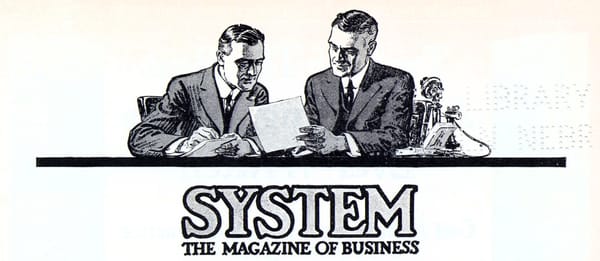Dan’s Device: “Now that I see it… [it’s completely wrong.]”
What comes after “now that I see it” & why you need to hear it as early as possible.
![Dan’s Device: “Now that I see it… [it’s completely wrong.]”](/content/images/size/w1200/2023/09/photo-1470790376778-a9fbc86d70e2.jpeg)
It is 1976. Neil Diamond saunters onstage at The Last Waltz and introduces his performance of ‘Dry Your Eyes’ by saying:
“I’m going to do one song for you, but I’m going to do it good.”
Isn’t that what we all want? We want to do something once, and to do it good. And easy enough: the first step is to be Neil Diamond.
The rest of us should probably acknowledge that—whatever the work is—we’ll have to do it more than once, because it almost certainly won’t be done good the first time.
My friend Dan gave me the notion of a “now that I see it” moment. This occurs when a work-in-progress becomes real enough that people can say a sentence beginning with “Now that I see it…” and ending with things like:
- “…it’s completely wrong” or
- “…we forgot this important detail” or
- “…this will never work for this particular reason.”
Methods for building quality at the source, shifting left, set-based design, and so forth all help elicit “now that I see it” moments as early as possible.
By arriving earlier to “now that I see it,” we also arrive earlier to the wrong place, to the just-revealed insight, or to the key constraint. It is hopefully early enough that there is wiggle room to learn and iterate and retry.
Airbrushing the side of a van is delightful. It is a job that can take as much time as you care to give. But you only have to outline those first few flames and/or wolves in order to wedge open space for the objection that what we really need is a bicycle, or for the idea that we might be able to take the train.
I leave you with this dismal little project management couplet:
“Now that I see it” is certainly true;
That’s why to use tape first & then glue.
(This advice does not apply to Neil Diamond or to his beaded shirts.)



